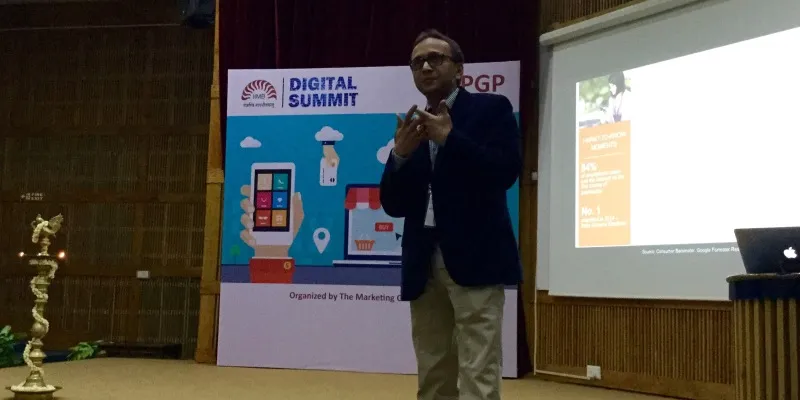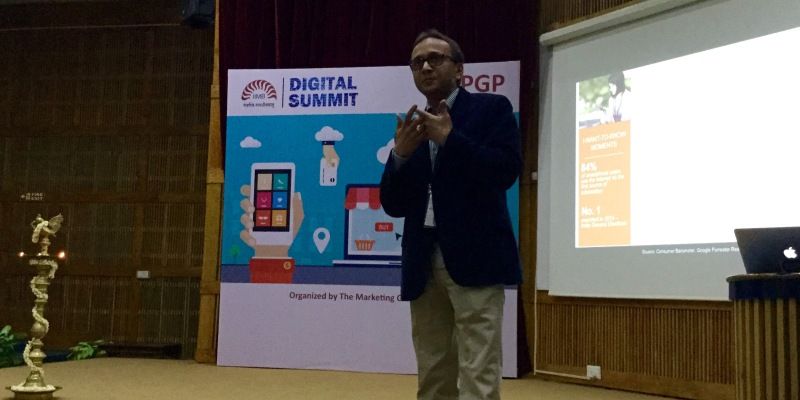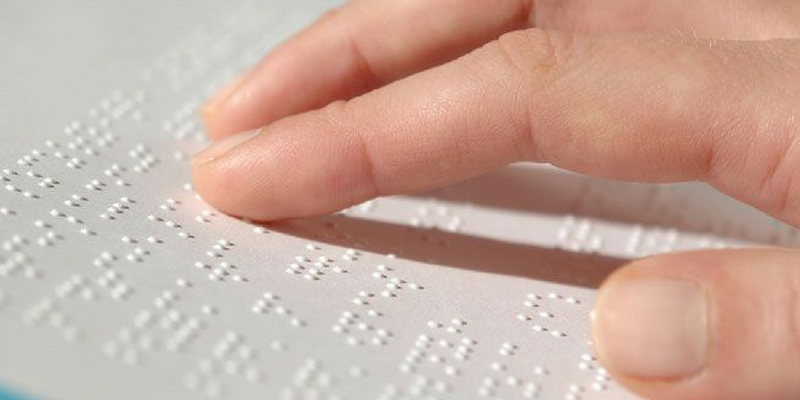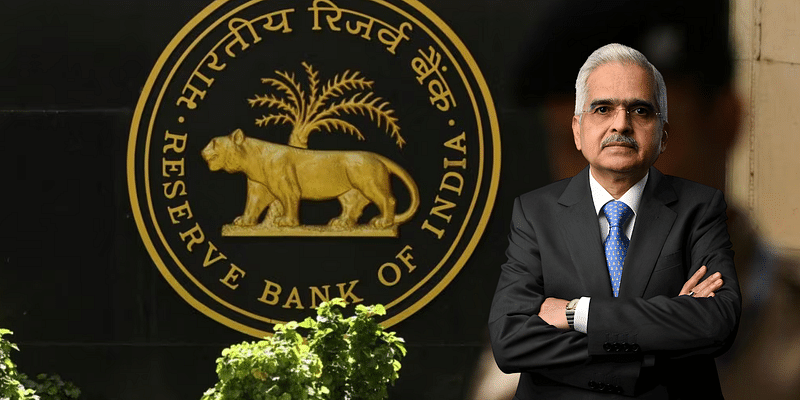Is India heading towards a complete digital ecosystem in the next five years?
Here's some food for thought as given by Nitin Bawankule, Director E-commerce Google at the first edition Digital Summit 2015 hosted by EPGP, the one year full time MBA at IIMB – "We don't go online anymore. We live a life online nowadays." India, today is growing faster in the digital sphere than ever before. Many believe that we're at the brink of a digital revolution. In the early 90's while we would spend most of our time on TV, today people spend more time on the Internet.
Today close to 250–300 million people in India have gone online and more than 50 million have already shopped online. "This is just products, it doesn't include tickets, or travel and hotel bookings," adds Nitin.
India – the mobile-first world
By 2020, 650 million people will be online, primarily the mobile phone, as India is a mobile-first world. More than 60 per cent of the search queries on Google are via the mobile phone. And more than 70 per cent of transactions for players like Flipkart happen through the mobile phone.
In the US there are 250 million PC installations and close to 200 million smartphones. In China there are close to 500 million smartphones and close to 350 million PC installations. India has different figures; there are only 50 million PC installations. Even when we look at the evolution, the first step to Internet usage is emails and social media. Then the behaviour moves towards online banking, ticket booking, and travelling. After that it moves towards buying products online and the last stage is buying products like beauty and real estate.
In developed countries it took close to 15 years to reach that stage and in India that level was reached in four years. "That's the level of rapid digitisation in India," adds Nitin. It's estimated that by 2020 online e-commerce will be over 80 billion dollars and it will be the same size as organised retail. Close to one-fourth of India's population would have shopped online at least once by in the next five years.
Also Read: Defining scale in mobile: experts speak
Redefining M-commerce
Prateek Sinha, Client Partner Facebook, adds that looking at the growing trends of m-commerce in the country, there will be a need for personalisation within the same. "In the next four years the number of digital buyers in the country will double," adds Prateek.
It has also been reported that individuals do not necessarily shop from the same device they browse on. Mobile, Prateek adds has changed everything, broadcast has graduated to on demand, scheduled to discovery, consumption to sharing, static to interactive and segmented to personalised.

Advertising for the mobile
Vasuta Agarwal, InMobi, VP Business Development, Asia Pacific adds that almost 80 per cent of smartphone subscriptions added in the next five years will be from Asia Pacific, Middle East, and Africa. And the total additions in smartphones will be close to over 3.5 billion. She adds that by 2020, revenues from the ecosystem will be close to USD 2897 billion.
"There are close to two billion apps in the App Store, Play Store, and Windows mobile put together," adds Vasuta. It clearly indicates brands that this is where the consumer is. "It's no longer about capturing an audience between a seven p.m. to nine p.m. slot. It's about capturing a consumer at different time slots depending on where he/she is going to access his/her for what purpose," adds Nitin.
Mobile advertising now needs to understand user context and the data they provide, and leveraging this data is what will help brands. Understanding the user behaviour in an app or on a game and leveraging the eyeballs without interrupting that behaviour is what marketers need to discover.
Omni-channel approach
For once Flipkart, Snapdeal, and Walmart seemed to be in agreement. Two powerful e-commerce players who seem to be at war and a tradition 500 billion brick and mortar store – Saurabh Chandra Head of Apps Flipkart, Ranjan Kant, Director of Strategy, and Piyush Kumar Chowhan, Director Strategy, Analytics, Process Engineering Walmart Labs agreed that the main focus going forward will be towards consumer retention and a more omni-channel approach.
Piyush said that all aspects of the online and offline space will work in tandem with one another. "The idea isn't online, mobile or brick and mortar, it will be personalising a user's experience across channels," says Piyush. This Saurabh adds will include understanding consumer behaviour and data analytics.
Citing an example of purchasing a mobile phone, Ranjan said that one might browse for a mobile online, look for where it's available, and in the backend, the product will be picked up from the store and delivered to the consumer.
Bringing in e-governance
Looking at this growing number of smartphone and Internet penetration, the government of India is taking several measures to ensure that the Digital India initiative is implemented across the different states and its jurisdiction.
Dr. Rathan Kelkar, who is leading the implementation of Digital India and e-governance in Karnataka says that the government has already taken several steps to ensure that the different departments within the state integrate into the digital world. "It's a long task, but we've managed to implement various aspects of Digital India in various departments," adds Rathan.
One amongst the notable achievements is the implementation of Mobile One in Karnataka. Mobile One ensures that all the utility bills, electricity, phone and gas connection bills can be paid via the mobile phone. "Digital India is looking at empowering people in different parts of the country," adds Rathan. He adds that they know the power of the mobile and through this power an individual in any part of the country should be able to access any part of a government service.
IoE – the Internet of everything
Another important initiative in this respect is the building of smart cities. To this effect Jayaram, Director of Business Development and Mrinal Wadwa, CTO, Fybr believe that IoT will play an important role. However, Jayaram adds that today, this no longer can be called IoT, but it's the Internet of everything. Explaining this, he says that with the increasing amount of connectivity, today, the use of smart devices isn't a distant dream.
"The use of IoT for different aspects of service within a city has increased benefits," adds Mrinal. Citing the example of Google Now, Mrinal says that with this reaching an airport can be planned much easier, by knowing what time to leave in order to reach on time. The same philosophy and intelligence can be used to control traffic, waste management, disaster management, health care, and even government records.











![[Startup Bharat] Y Combinator-backed BeWell Digital is enabling the digital transformation of radiologists](https://images.yourstory.com/cs/2/40d66ae0f37111eb854989d40ab39087/ImagesFrames31-1648033042143.png)